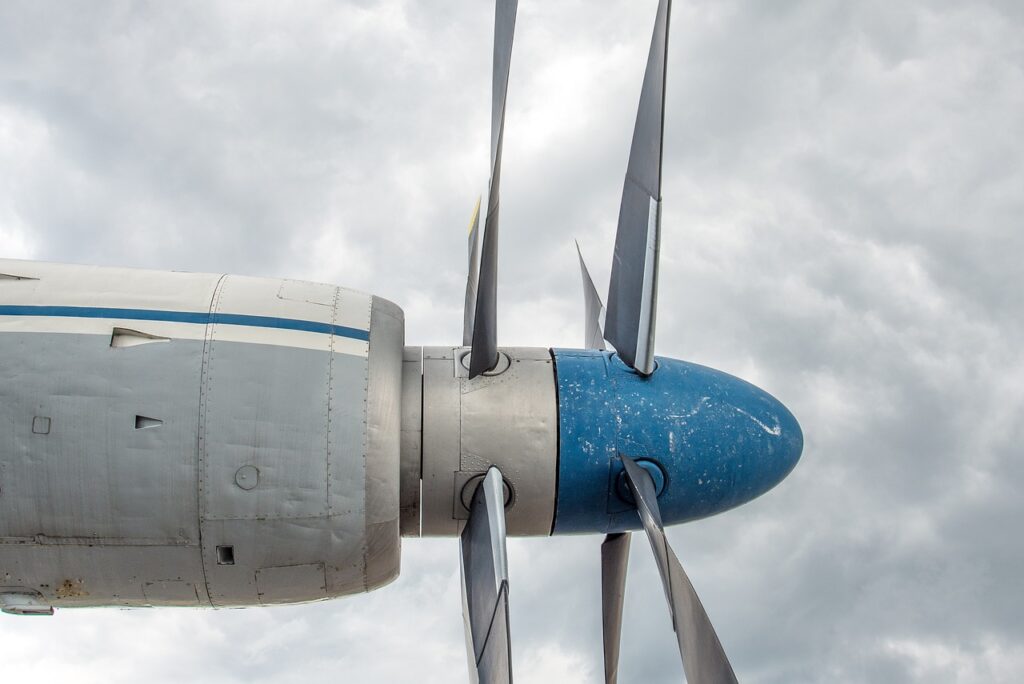Researchers Swapnil S. Jagtap, Peter R.N. Childs, and Marc E.J. Stettler have presented a groundbreaking study on hydrogen-powered aviation.
Their research, published in the International Journal of Hydrogen Energy, explores the conceptual design and optimization of a liquid hydrogen (LH2) powered ultrahigh bypass ratio geared turbofan engine.
The aviation industry is currently grappling with ways to achieve carbon-neutral growth. Presently, synthetic paraffin kerosene (SPK) blends are the only approved alternative fuels for civil aviation. However, these blends can only partially replace conventional fuels. Liquid hydrogen emerges as a more promising alternative due to its zero-carbon emissions during use in aircraft.
One of the key findings from the research is that LH2-powered aircraft require less thrust compared to their Jet-A powered counterparts. This is attributed to the lighter weight of LH2 aircraft, allowing a reduction in engine thrust requirements. The reduction in thrust also contributes to a lower thrust specific energy consumption (TSEC) — 6–8% lower than that of a Jet-A engine.
Optimized Engine Design
Through the conceptual design and optimization of the LH2 engine, the study reveals significant improvements over traditional engines. The optimized LH2 engine has an 11% smaller diameter, is 5.5–7.5% shorter in length, and 7.4–17.6% lighter than current Jet-A engines. Additionally, it burns 6–14% colder, enhancing its efficiency and performance.
The results of this research provide valuable insights for future studies in LH2 engine and aircraft design. The reduced energy consumption and weight lead to greater efficiencies, suggesting that further advances in aircraft aerodynamics and LH2 engine cycles might make hydrogen-powered long-range flights increasingly feasible and environmentally sustainable.
